A tale of island getaways
By Xu Lin ( China Daily ) Updated: 2016-12-10 10:34:42
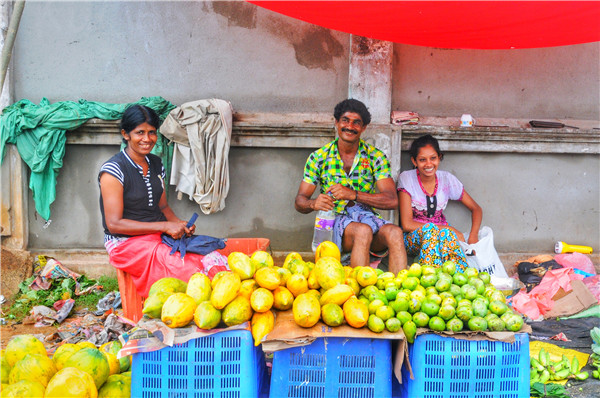 |
|
Negombo's vegetable market. XU LIN/CHINA DAILY |
The palm trees which produce the coco de mer are endemic to just two islands in the country. The trees are dioecious-meaning there are male and female trees which are located close to each other.
The trees can grow to between 25 and 34 meters tall, and have large fan-shaped leaves.
"For us, the coco de mer is our fortune. It is everything," says tour guide Sandra Victor, 28.
According to her, in the old days, the forbidden nut was believed to be an aphrodisiac. The locals used to cut the female nut into two and cook rice or water in the shells, or use them as storage containers. The shells were also used to make jewelry.
Souvenirs inspired by the coco de mer are everywhere. There are soaps, magnets, postcards and the like. A local jewelry brand even has a bracelet with tiny ornaments in the shape of the coco de mer.
The Aldabra giant tortoise is one of the largest tortoises in the world. They come from Aldabra, a remote island.
Don't be surprised by their muddy appearance because they love to wallow in the mud.
Their lifespan is about 250 years and they can survive nearly three months without food or water. They can float in deep water and can swim short distances.
|
|
|
|
|
|
|
|






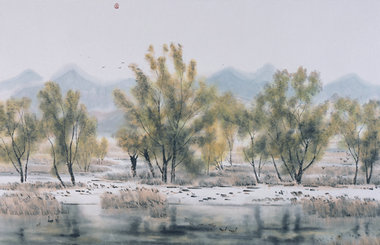
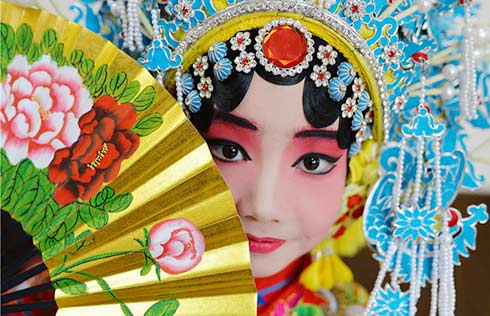






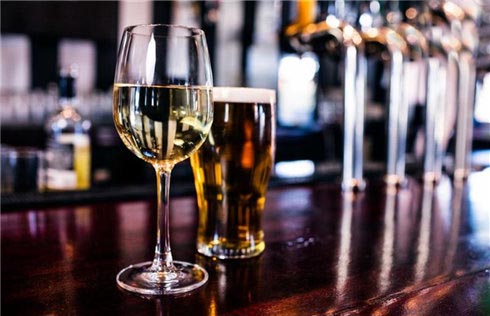

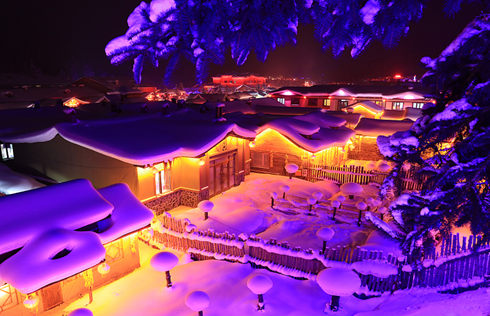




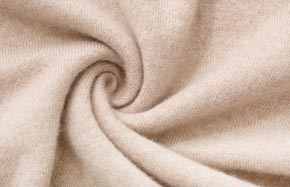



 Raymond Zhou:
Raymond Zhou: Pauline D Loh:
Pauline D Loh: Hot Pot
Hot Pot Eco China
Eco China China Dream
China Dream China Face
China Face






